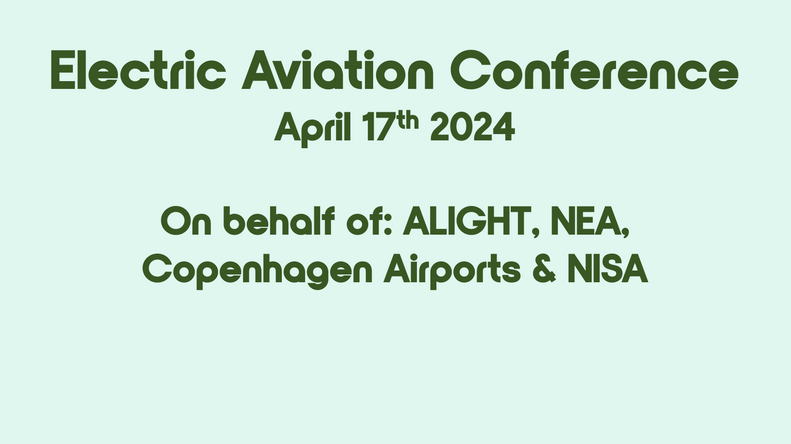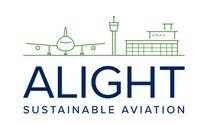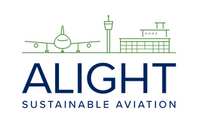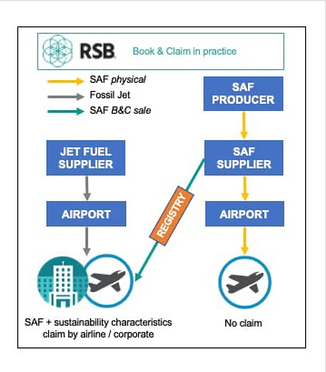



ALIGHT is an EU-funded Smart Airport project. It had its take off 2020, and was planned to finalize Nov. 2024, now extended to Nov. 2025. 16 European partners participate. Copenhagen Airport is coordinating the project, and fellow airports from Rome, Vilnius and Warsaw are partners. The ALIGHT project has as its main goals to demonstrate:
The ALIGHT project has 11 work packages, each dealing with specific defined tasks in the route forward to an emission free airport. NISA is leading work packages, WP2, dealing with SAF, future propellants and the sustainability aspects as focal points. Read more about The ALIGHT Project: www.alight-aviation.eu

ALIGHT WP2 focuses on the production and supply of SAF from the feedstock sourcing to production methods/technologies till the arrival at the airport. The final outcome of the WP2 is to provide recommendations on the purchase of SAF.
WP 2 should create the best possible conditions for the supply of sustainable aviation fuels (SAF). This implies the following objectives:
WP2 main categories are: SAF supply and delivery, sustainability, price, security, regulation and compliance.



www.rsb.org/book-claim/
Using 100% SAF is a new and exciting perspective for aviation. The aircraft manufacturers have completed flights with 100% SAF without any problems arising. But there are several challenges that must be overcome. For the time being, it is not possible to obtain enough SAF, approval of more than 50% blend-in is not yet in place, and when neat SAF is at some point used, a distinction must be made between SAF that contains aromatics and SAF that does not contain aromatics. A development that is very relevant when it comes to reduction measures to reduce the aircraft's Non-CO2 effects. The majority of the existing aircraft fleet must use fuel containing aromatics, but the manufacturers have announced that the components, sealings and gaskets that require aromatics or other similar properties will be replaced in future aircraft. Read more about the background, prerequisites, and perspectives regarding the use of 100% SAF.
See these two articles that elaborates a number of the topics:
Standard for 100 percent Drop-in SAF Likely Two Years Away
Vesterbrogade 1L
1620 København V
Denmark
CVR 35362789
Phone: +45 5219 8910
Email: map@nisa.dk